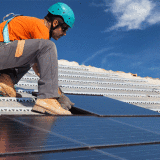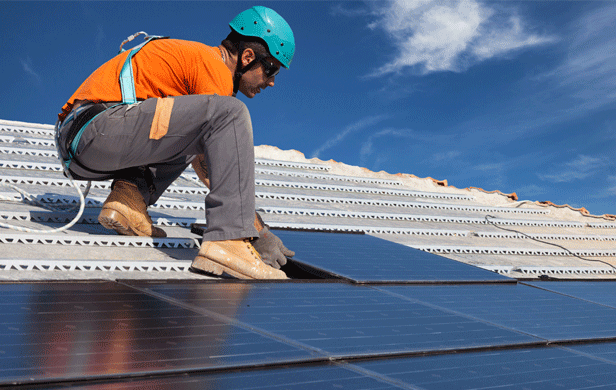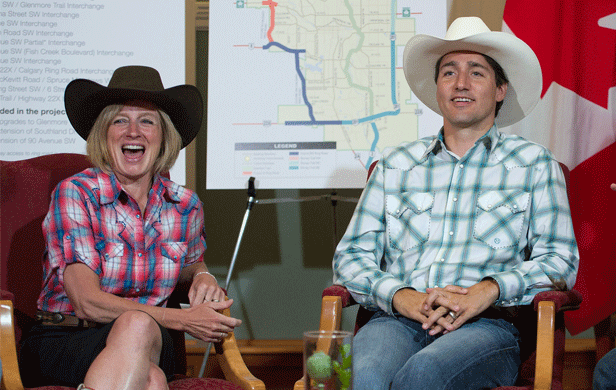
The business model of Big Oil has already started to collapse. The model is premised on strong growth to fuel high prices and render economically viable the exploitation of expensive-to-develop, non-conventional fossil fuels, including the tar sands and shale oil and gas.
Persistent low oil prices are having a devastating impact on global investments in oil discoveries, which have dropped to an all-time low of 2.4 billion barrels in 2016 , a substantive decline from the 9 billion barrel annual average of the last 15 years.
Sanctioned oil reserves – those identified for new development – dropped to 4.7 billion barrels in 2016, a 30% drop from 2015. But that doesn’t tell the whole story because the numbers of “new development” projects receiving a final investment decision fell to their lowest level since the 1940’s. Total oil output was 85 million barrels/day (MB/d) with 69 MB/d coming from conventional sources, 6.6 MB/d from shale wells and the rest from tar sands and heavy oil.
Added to this portrait, there is currently a market glut due, in part, to US shale oil supplies, combined with existing tar sands production.
Under these circumstances, BP anticipates stranded assets.
Stranded in Alberta

Naturally, the first projects to be stranded are those extracting expensive resources – the Alberta tar sands being high on that list. The cost of extracting oil from the tar sands is worse than for any other resource. It takes one unit of natural gas to produce less than three units of oil. Capital investment in the oil sands fell about 30% in both 2015 and 2016. The decline is estimated to be another 11% for 2017.
In Fall 2016, Exxon made its biggest reserve revision in its history, cutting 19% from its reported reserves, most of the cut – 3.6 billion barrels – from its Kearl, Alberta oil sands project. This is in addition to a re-assessment of 1 billion barrels of other North American reserves. In keeping with the collapse of the high growth/high price business model, other oil companies, Chevron and Shell included, have lowered their valuations of reserves by more than $50 billion since 2014.
Shell, ConocoPhillips and Marathon Oil Corporation have also pulled back on their tar sands investments. For Statoil, it has been a total withdrawal from the sands at a loss of $500-$550 million.
Especially significant, Koch Industries, formerly the third largest leaseholder in the tar sands and a strong champion of Keystone XL to bring tar sands bitumen to Koch refineries in Texas, has indicated it’s pulling out of its $800 million Muskwa region lease in Alberta. This, after a 50 years of Koch Industries involvement in the tar sands.
BP and Chevron are considering getting out of the tar sands business as well.
So far, 17 tar sands projects have been suspended or terminated and no major new projects are planned.
Equally important, Canada’s bitumen is a lower quality oil, which only the US Gulf Coast refineries are capable of handling. Then, like compounded interest, the high viscosity of tar sands oil renders the cost of transportation higher than conventional oil. This is because condensates must be added to improve the viscosity. The result is Canada’s bitumen acquires a lower price in European and Asian markets.
Finally, economics aside, there aren’t any environmentally friendly options for exploiting the tar sands region, an area of 140,000 square kilometres, equivalent to the size of Florida. The process to get a barrel of oil out of the ground is both energy-intensive and harmful to the environment. One either has to bake the oil to the top or use open pit mining techniques. Due to these procedures, there are 170 square kilometres metres of toxic lakes in Alberta.
Higher on the totem pole of environmental considerations, the tar sands are the greatest single source of current and potential emissions in Canada. These factors mean Canada cannot meet its 2030 GHG reduction targets with a tar sands “business as usual” formula. Presently, the petroleum sector represents 25% of Canada’s GHGs.
Trudeau stalls progress
Despite all this, the Trudeau government continues to adhere to the industry’s objectives to double tar sands production to 4.3 MB/d by 2030.
But scientists are warning us that to limit the warming of the planet to 2° Centigrade, the carbon budget that the planet will have left is 800 gigatonnes (Gt). However, the existing and likely-to-be-exploited reserves of fossil fuels represent 15,000 Gt. This means that Canada has a large role to play by in keeping tar sands reserves in the ground.
Clean Transportation – beginning of end for Big Oil
The transportation sector represents 55% of the global demand for oil. Consequently, even a modest penetration of the vehicle market would have a major impact on the supply-demand portrait of the petroleum industry.
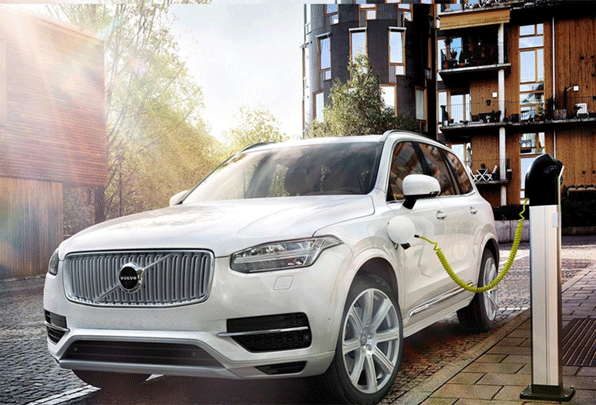
According to Bloomberg New Energy Finance, about 120 electric vehicle models will be on the market by 2020. Case in point, beginning 2019, all Volvo models will be either hybrids or fully electric vehicles. Five new Volvo all-electric models will be introduced between 2019 and 2021. Other European and Asian vehicle manufactures are not far behind.
Then there is China, which is destined to be the leader in the clean transportation revolution, thereby keeping the pressure on the rest of the world – the Trump administration included – to maintain or accelerate the shift to zero and low-emission vehicles.
Not only has China legislated a 5 L/100km overall fleet corporate average fuel economy (CAFE) target for 2020 – the average fuel economy of each automaker based on its sales for the year in question – but it also has the world’s most aggressive legislation on electric vehicle sales. China mandates that 12% of automakers’ sales in 2020 must be electric, with interim regulations set at 8% for 2018 and 10% for 2019. These regulations apply to foreign and domestic manufacturers alike.
By comparison, the US CAFE standard for 2025, and the Canadian clone target, is 4.3L/100km for cars and 5.9L/100km for light duty trucks, as per the decision of the former Obama administration. The term “light duty trucks” includes the highly popular SUVs, which represent approximately 60% of automakers’ new vehicle sales in Canada.
Of course, the unpredictable Trump administration may weaken the 2022-2025 CAFE legislation, or give them the total axe. But the good news is that 14 US states are prepared to take the matter to the courts should President Trump decide to do so.
Moreover, California and 9 other US states, plus Quebec, have legislation requiring that 15.4% of each manufacturer’s sales be zero and low-emission vehicles by 2025. This would apply to electric vehicles and plug-in hybrids.
The global picture also includes the fact that European Union emission standards are considerably more stringent than those of the US.
This leaves little wiggle room for the North American automakers to breath a Trump-related sigh of relief on the pace of the shift to clean transportation. This assumes that North American manufacturers want to be competitive in the global economy. Governments shouldn’t have to bail them out a second time.
Methane & Pipelines: Canada forgets Paris
Trudeau’s pipeline dreams cannot be achieved with Big Oil pulling out of the more expensive-to-exploit projects and the inevitable shift to clean transportation beginning around 2020, when electric vehicles will become competitively priced.
More important, Trudeau’s pipeline dreams are incompatible with the Paris Accord and Trudeau’s own modest targets for a 30% GHG reduction relative to 2005, by 2030.
Trudeau also sidesteps the challenges associated with the global carbon budget by having postponed the required reductions of methane emissions to 2023. Trudeau approved the Pacific Northwest LNG facility, whose proponent recently pulled the plug due to low global LNG prices. But with his government’s continued support for LNG development, we cannot expect to reduce methane emissions by 40% to 45% by 2025, relative to 2012 levels. In other words, Trudeau had taken advantage of Trump pulling out of the Canada-US methane agreement that would have the two countries begin reducing methane emissions in 2020.
Trudeau may have been too quick on the methane trigger though, since a US Court of Appeals in Washington DC has ruled that the Trump administration has overstepped its authority in suspending the rules on methane emission reductions.
Overall, between 2005 and 2015, Canada reduced its emissions by just 2.2%, which indicates it will be impossible to achieve a 17% GHG reduction by 2020, something that is necessary in order to meet Trudeau’s 2030 target.
Consequently, it is high time that the Government of Canada and the provinces start thinking of economic development and the green economy as synonymous…as opposed to the token gestures of the 2016-17 Budget of the Government of Canada.
No wonder Shell and Norway’s Statoil are already becoming diversified energy companies, with a new emphasis on clean technologies. If only Trudeau would apply that thinking to Canada.





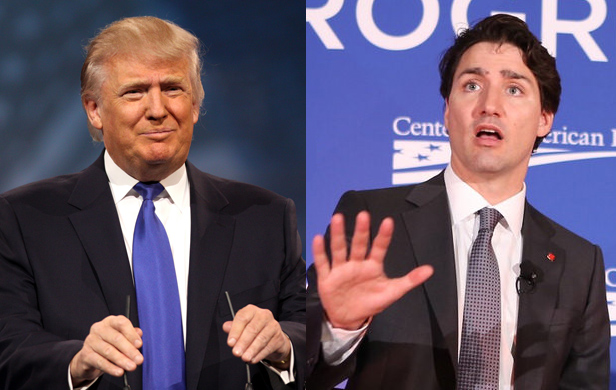
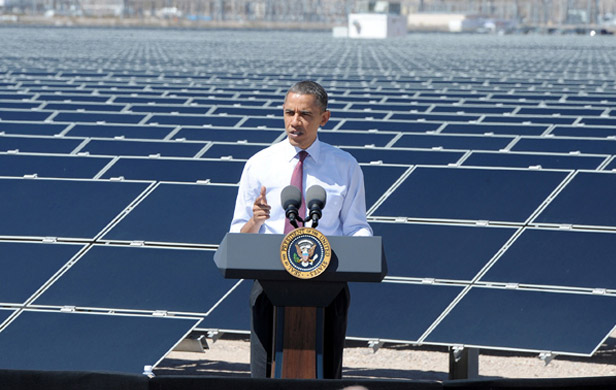
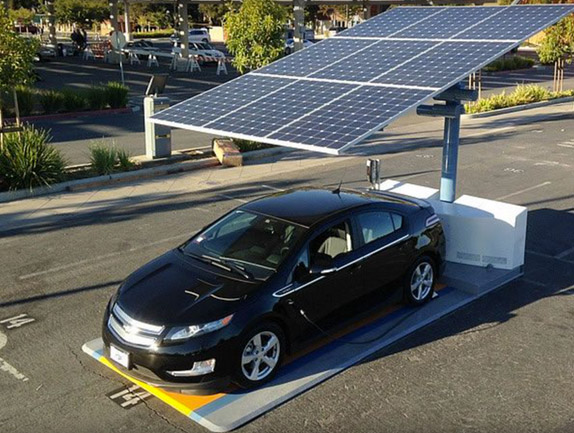
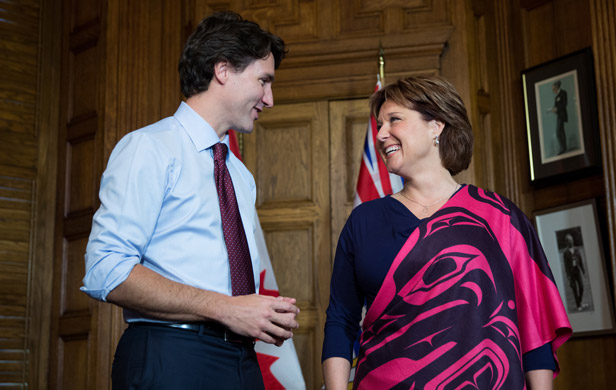


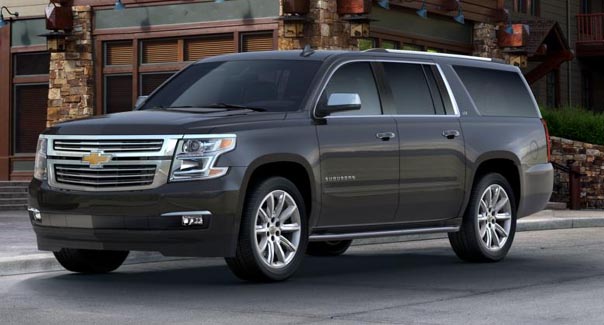
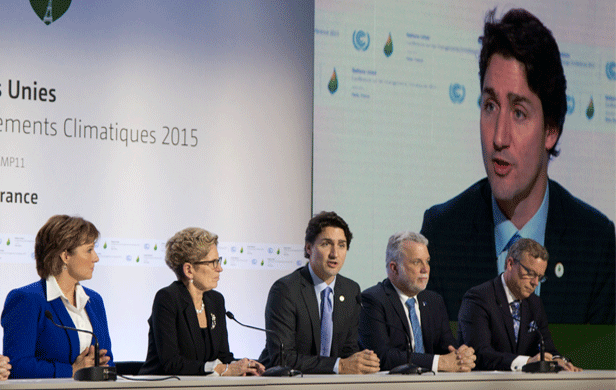
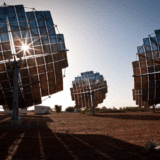
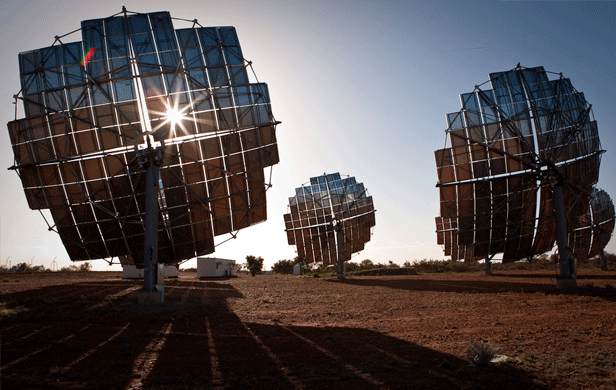
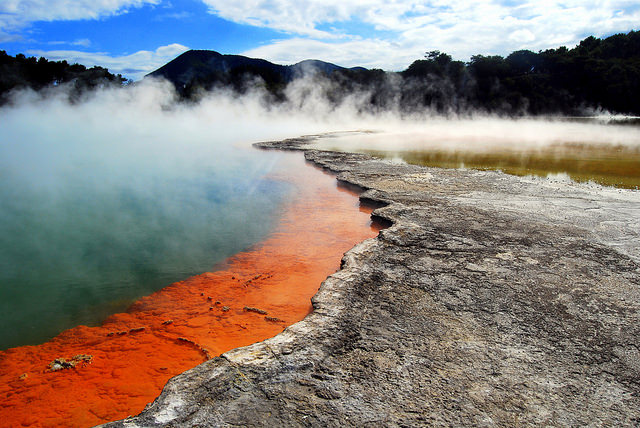


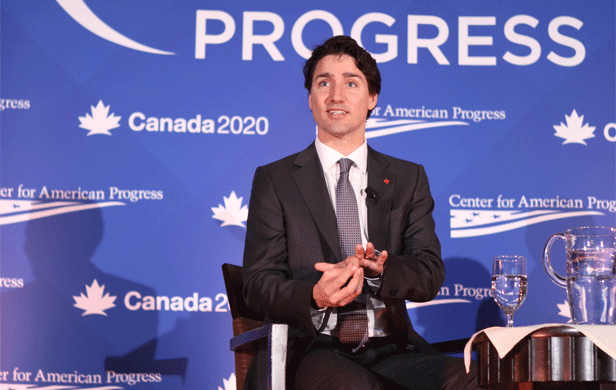
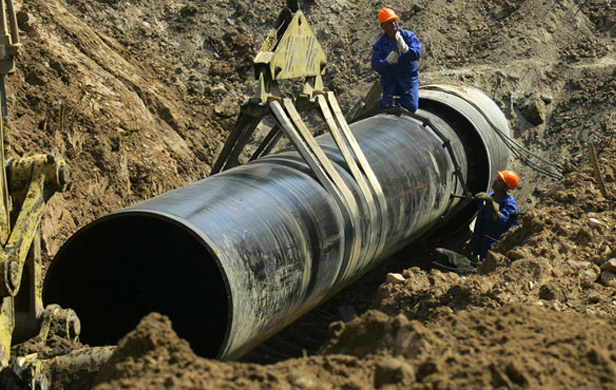
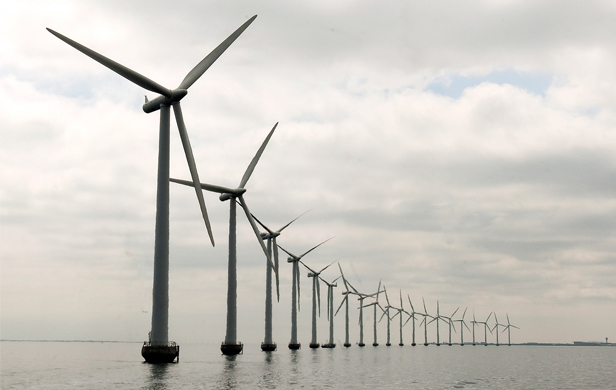

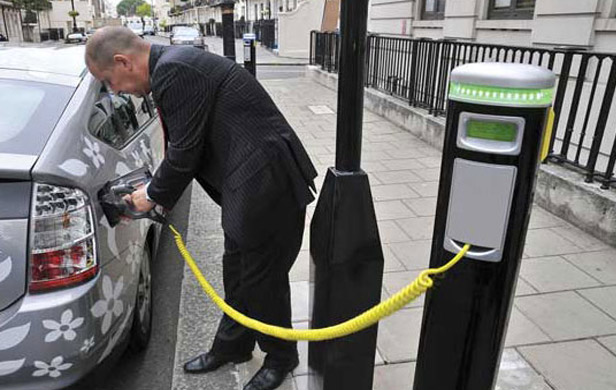 Moreover, past Liberal governments offered substantial funding for clean transportation innovation but Budget 2016-17 only calls for $56.9 million over two years, which is to be divided up to cover the development of regulations and standards, including international emission standards for the air, rail and marine sectors. Thus, this money will only cover a handful of clean transportation projects.
Moreover, past Liberal governments offered substantial funding for clean transportation innovation but Budget 2016-17 only calls for $56.9 million over two years, which is to be divided up to cover the development of regulations and standards, including international emission standards for the air, rail and marine sectors. Thus, this money will only cover a handful of clean transportation projects.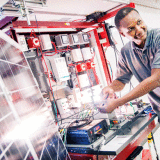
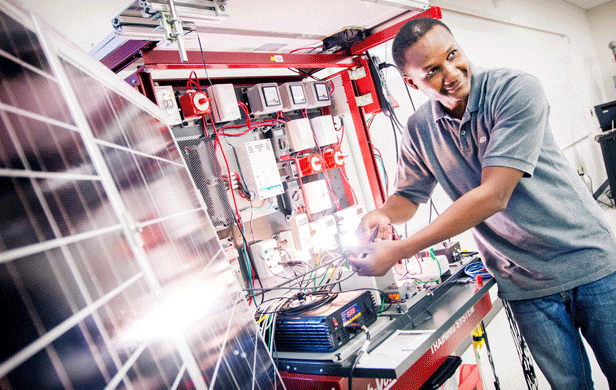


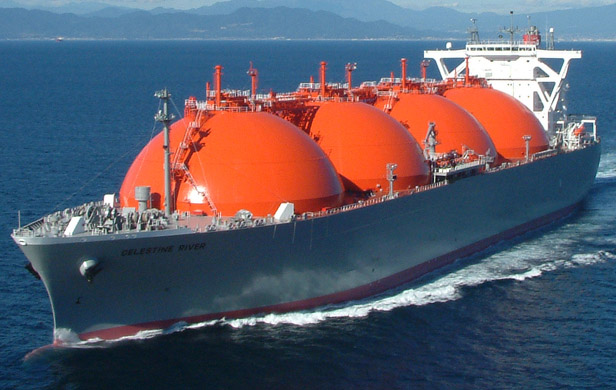
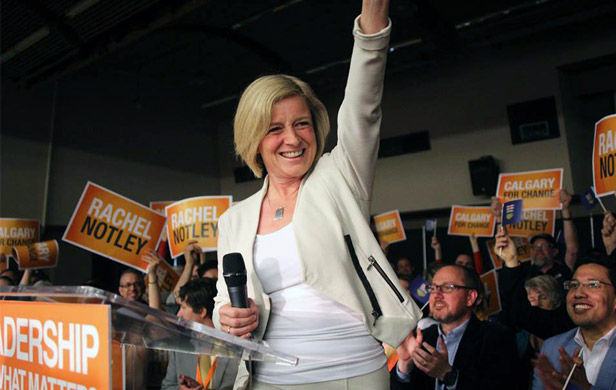
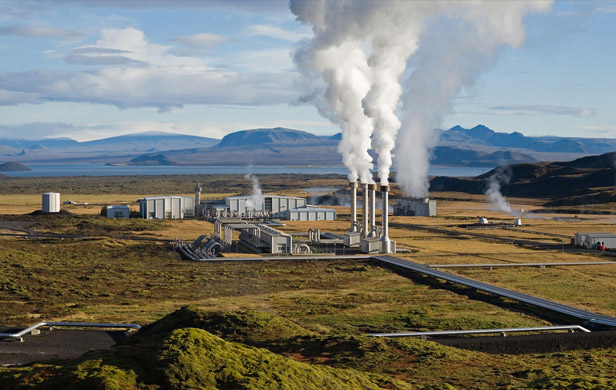
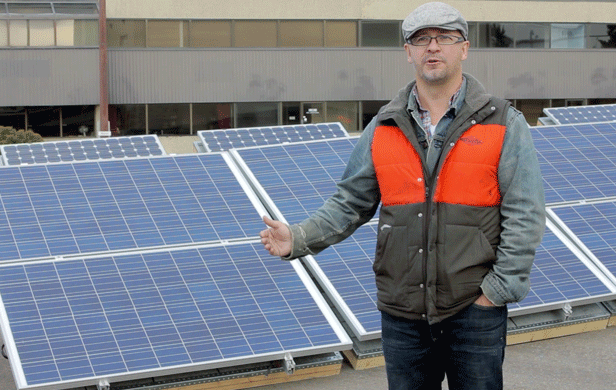

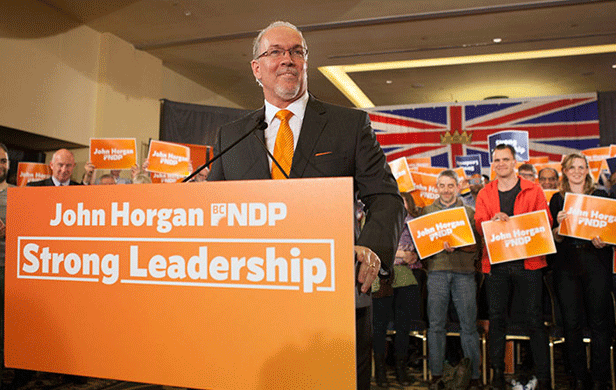

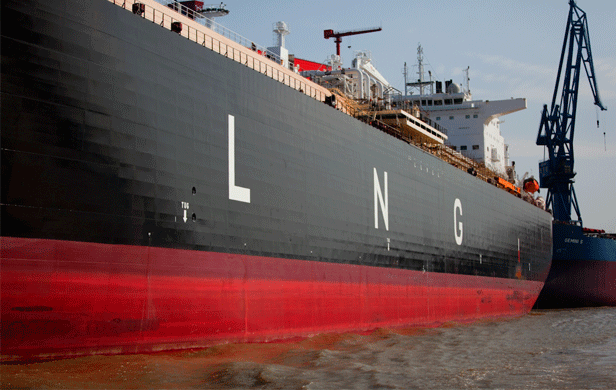

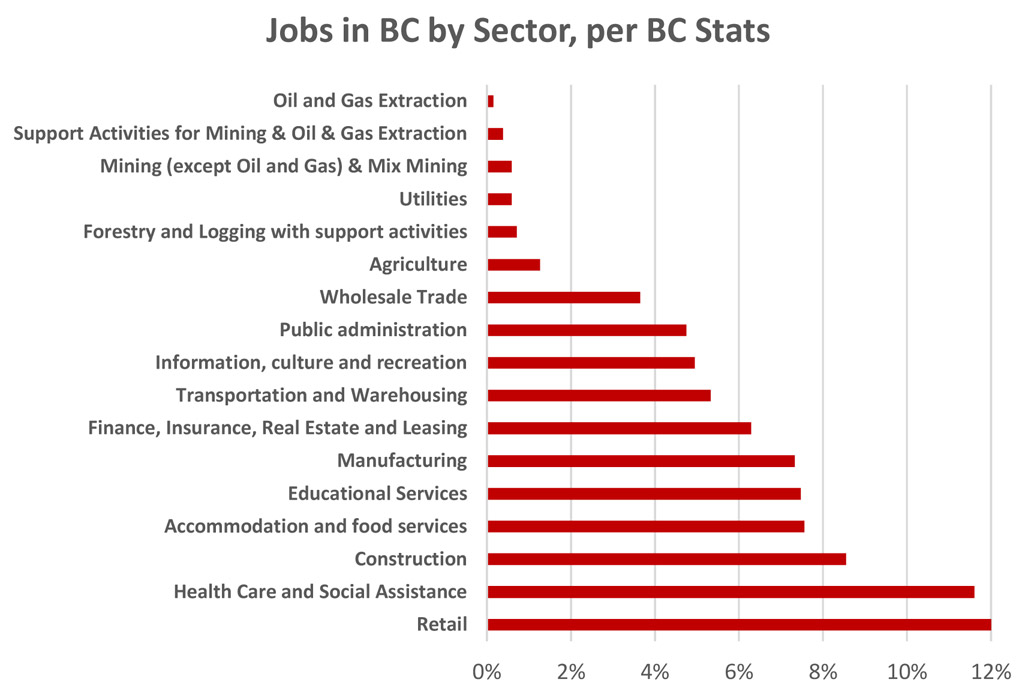


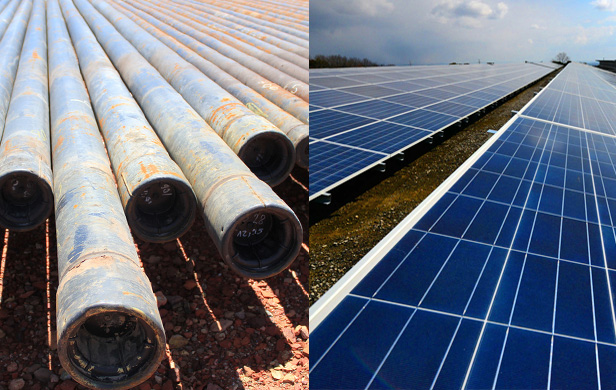

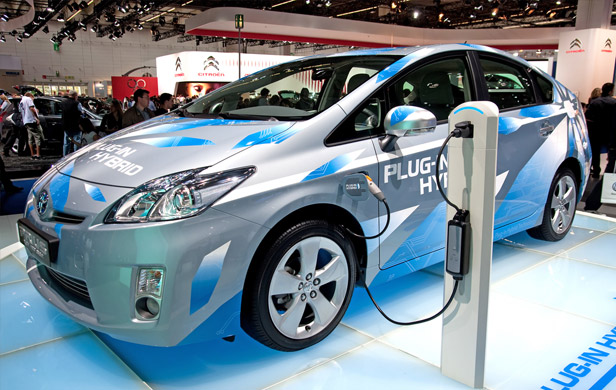 With respect to transportation, the indications are that we are at the edge of the transition to clean transportation.
With respect to transportation, the indications are that we are at the edge of the transition to clean transportation.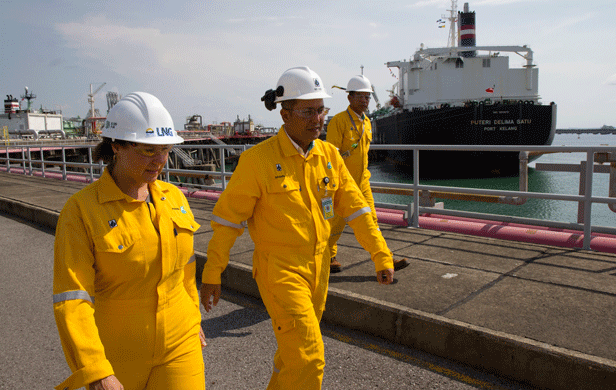
 It is
It is 